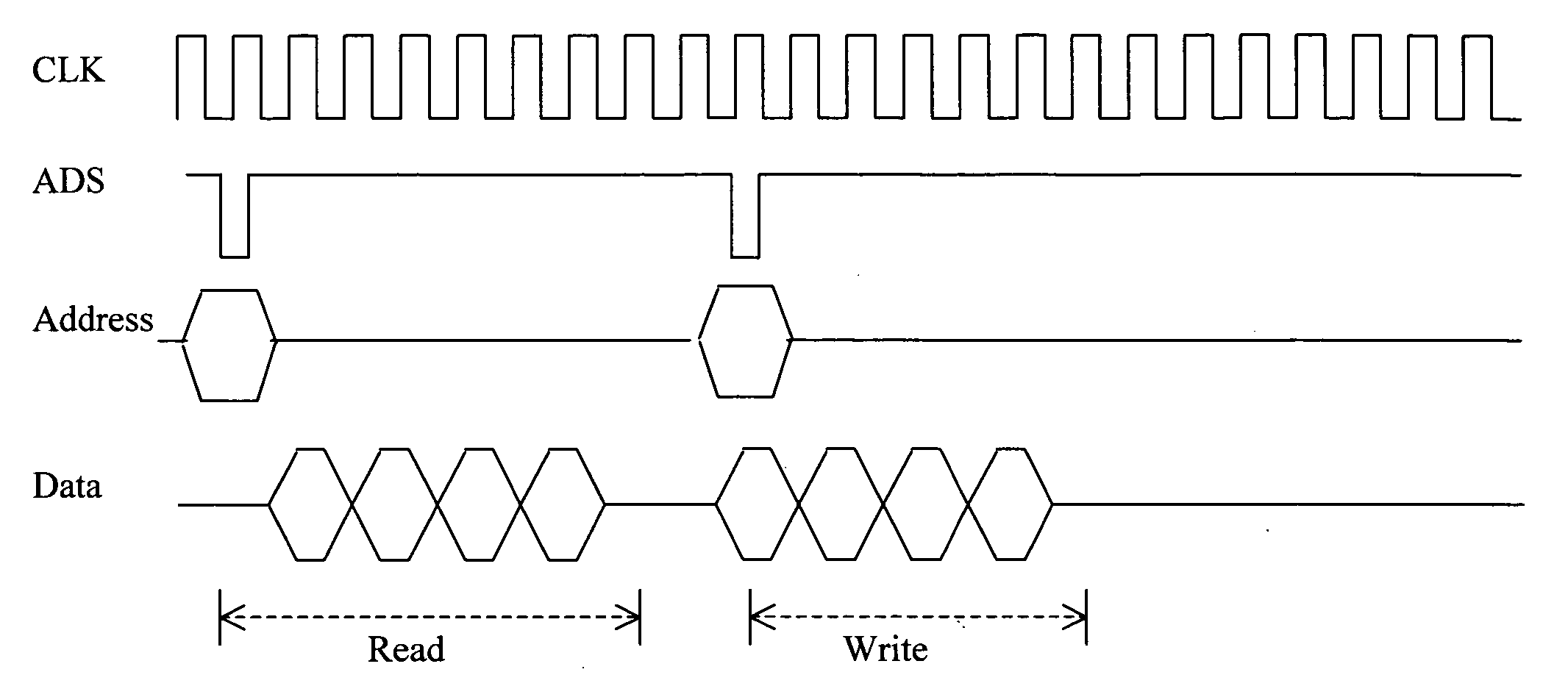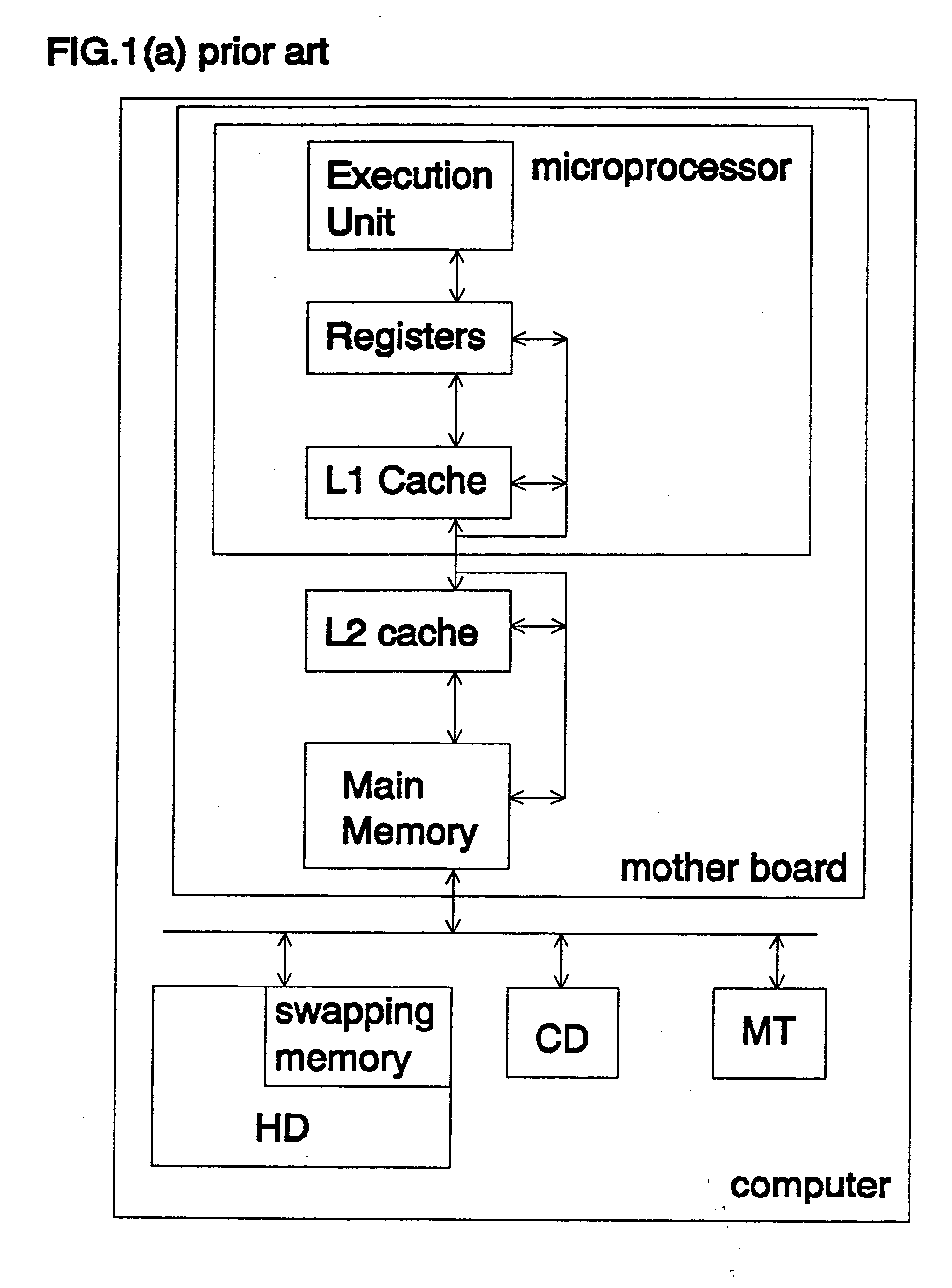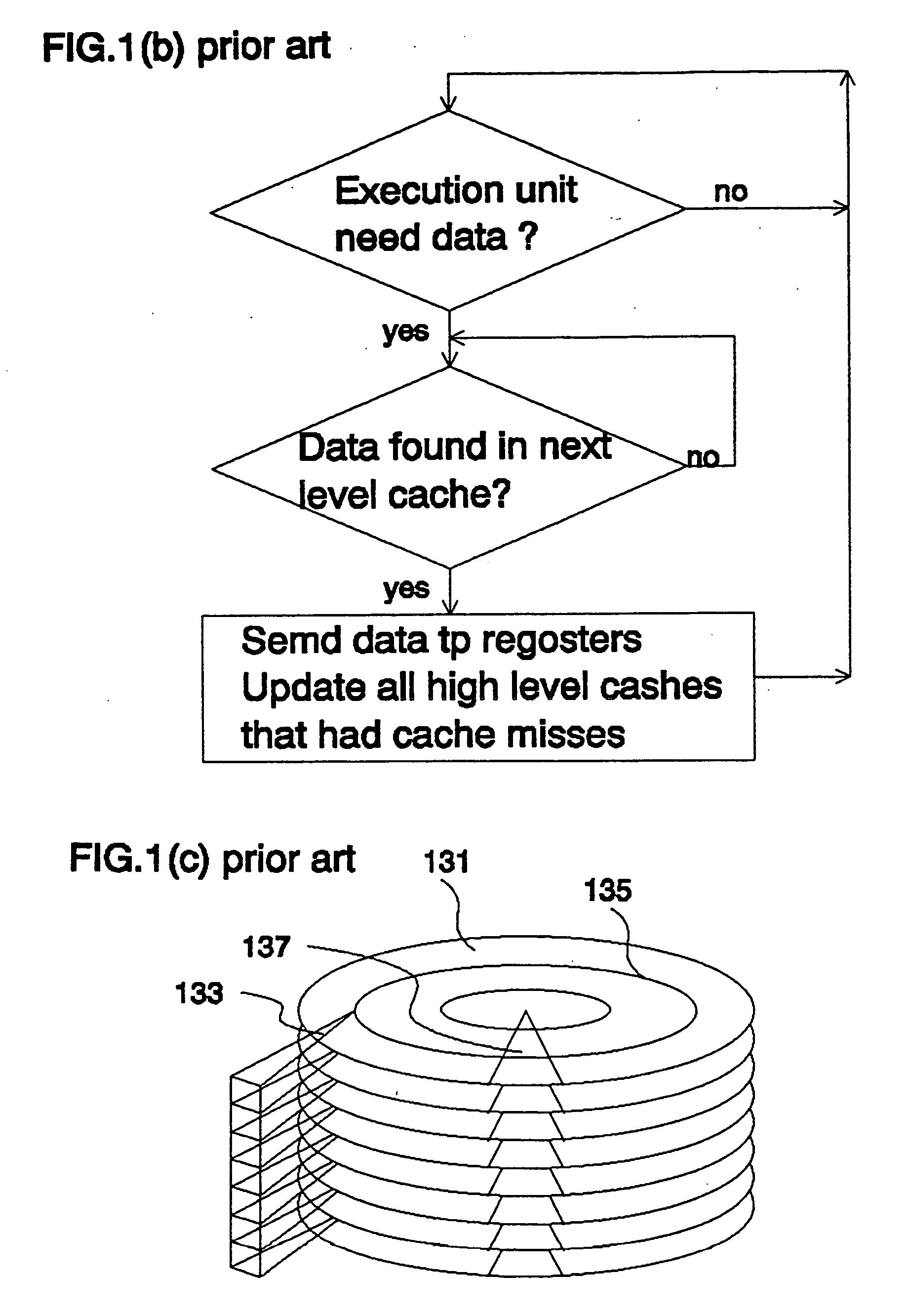High performance mass storage systems
a mass storage and high-performance technology, applied in the field can solve the problems of slower than the integrated circuit (ic) memory device, the operation of the hierarchical memory system is actually very complex, and the dram device used for main memory is not fast enough to provide data at such a high transfer rate, so as to improve the performance of hd and cd data storage systems, improve the performance of data storage systems, and reduce the cost of data storage systems
- Summary
- Abstract
- Description
- Claims
- Application Information
AI Technical Summary
Benefits of technology
Problems solved by technology
Method used
Image
Examples
Embodiment Construction
[0033] Prior art data storage systems assume that DRAM is slower than SRAM, and hard disk is slower than DRAM. Based on these assumptions, a small SRAM is used as the cache for larger DRAM, and a smaller DRAM is used to store recently used data for a larger hard disk. Relying on the principle of locality, such hierarchical data storage system can achieve reasonable performance at reasonable cost. On the other hand, current art system is highly inefficient in accessing large data blocks due to the memory overload problem discussed in background sections. In addition, current art cache memories are not optimized for burst mode memory devices. The relationship between L2 cache and main memory is used as an example to illustrate the inefficiency of current art cache.
[0034] FIGS. 2(a,b) compare the memory operation between SRAM and DRAM. For an SRAM memory read operation, typically the first data set (201) will be ready 2 clocks after the address strobe (ADS) indicating address is ready...
PUM
 Login to View More
Login to View More Abstract
Description
Claims
Application Information
 Login to View More
Login to View More - R&D
- Intellectual Property
- Life Sciences
- Materials
- Tech Scout
- Unparalleled Data Quality
- Higher Quality Content
- 60% Fewer Hallucinations
Browse by: Latest US Patents, China's latest patents, Technical Efficacy Thesaurus, Application Domain, Technology Topic, Popular Technical Reports.
© 2025 PatSnap. All rights reserved.Legal|Privacy policy|Modern Slavery Act Transparency Statement|Sitemap|About US| Contact US: help@patsnap.com



